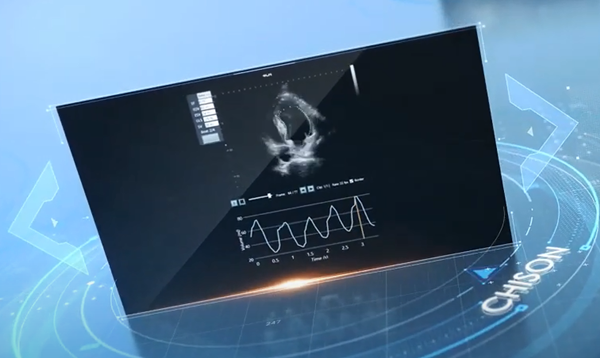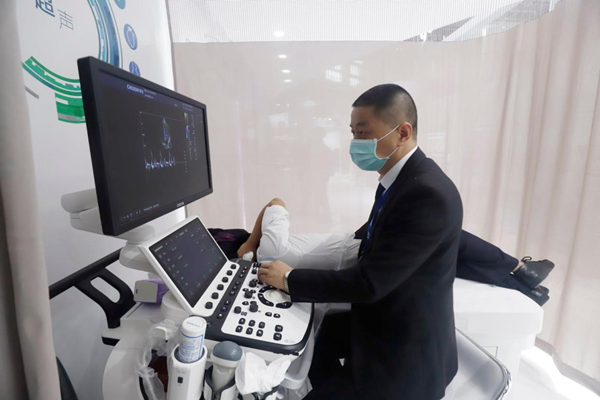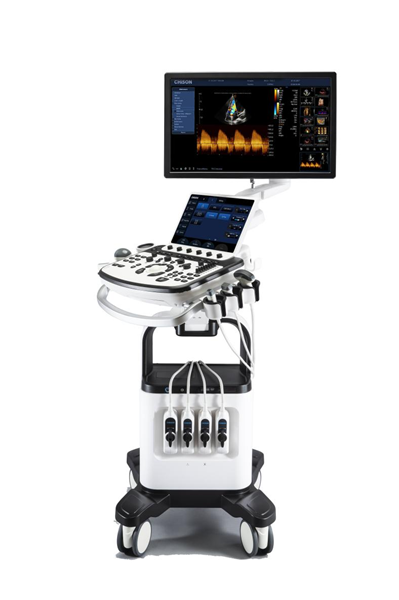The Ultimate Guide to Cardiac Ultrasound
Overview
Cardiac ultrasound application is used to examine patients' hearts, heart structures, blood flow, and more. Examining blood flow coming to and from the heart and inspecting heart structure to detect any potential damage or blocks are just a few common reasons why one would wish to get a cardiac ultrasound. There are a variety of ultrasound transducers that specialize in projecting cardiac images, as well as ultrasound machines that specialize in high definition and intricate cardiac images.
Cardiac Ultrasound Definition
By definition, cardiac ultrasound is employing ultrasound machines and ultrasound probes/transducers to project images of one's heart and the blood flowing to and from the heart. If one has a clogged artery, is experiencing a heart attack, has some sort of clot or blockage, or suspects that he or she suffered from structural damage - a cardiac ultrasound will tell you all that you need to know.
Different types and qualities of cardiac ultrasound images
Color Doppler images will reveal how quickly or slowly one's blood is flowing, whether blood is flowing towards or away from the heart, and if there are any obstructions preventing blood from flowing where it should be. Another example is the ability to examine a regular 2D ultrasound image of one's heart structure.
A bedside Cardiac Ultrasound or Echocardiogram is a quick Point of Care Ultrasound (POCUS) that allows you to visualize and evaluate how the heart is functioning. In addition, bedside echocardiography also allows you to evaluate hemodynamic changes and pathological heart diseases.
The Cardiac Ultrasound Procedure is also known as Echocardiography, Echocardiogram, or even just “Echo.” They all refer to the same thing.
In addition, you may see cardiac ultrasound referred to as “Transthoracic” or Transesophageal” echocardiography. Transthoracic Echocardiography (TTE) is when a cardiac ultrasound is performed on the patient's chest. TTE is the most common cardiac ultrasound application and is non-invasive. TTE is what we will be covering in this post. Transesophageal Echocardiography (TEE) is a more specialized cardiac ultrasound with a special probe that is inserted into the patient's esophagus. TEE requires sedation and is considered more invasive than TTE.
Cardiac Ultrasound Preparation
ㆍPatient Preparation
The patient should be supine with the head of the bed flat.
If you are unable to visualize the heart in the supine position, consider repositioning the patient into the Left lateral decubitus. This will bring the heart away from the sternum and give you better sonographic access.
ㆍCardiac Ultrasound Machine Preparation
Transducer: Phased Array (AKA“cardiac probe”)
Preset: Cardiac
One of the most confusing parts of performing cardiac ultrasound (echocardiography) is understanding where the indicator goes on the ultrasound screen and probe orientation.
ㆍWith the Cardiac Preset:
Make sure the Ultrasound Image Indicator Marker is on the RIGHT side of the ultrasound screen.
This is different from almost all other standard applications where the Ultrasound Image Indicator Marker is on the LEFT side of the screen.
ㆍCardiac Ultrasound Machine Placement:
Place the ultrasound machine on the patient's right side, so you can scan with your right hand and manipulate ultrasound buttons with your left hand.
Intelligent high-precision imaging, better visibility. XBit 90 is a piece of new intelligent ultrasound equipment in the field of high-end medical devices launched by CHISON. It is equipped with a variety of advanced probes suitable for different application examinations, including Width Enhanced technology (WET), Wave Match Technology (WMT), and other new ultrasound technologies. It has outstanding advantages in heart, maternity, and routine examinations, and is also suitable for carrying out ultrasound-guided interventional diagnosis and treatment, helping hospitals improve the service level of minimally invasive treatment.
If you are interested in CHISON XBit 90, please feel free to contact us anytime.
The source is from here.
The more products you can click
https://www.chison.com/seokeywords/msk-ultrasound-machine.html
https://www.chison.com/seokeywords/mobile-ultrasound-machine-for-sale.html
https://www.chison.com/seokeywords/vascular-ultrasound-machine.html



评论
发表评论